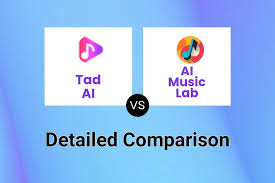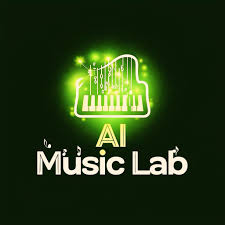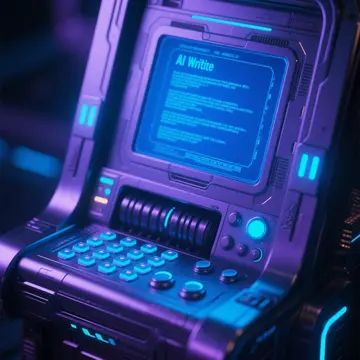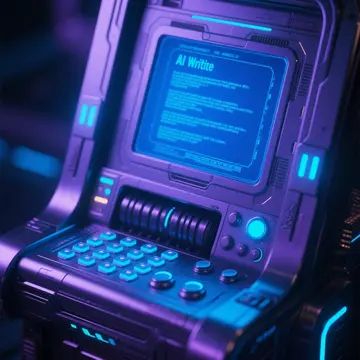The rise of AI in music production has made it easier than ever to create professional-quality tracks from the comfort of your home. With an AI Music Lab setup, you can experiment with AI-generated music, automate tedious tasks, and explore new creative possibilities—all without expensive studio gear.
In this guide, we’ll walk you through the steps to build your own AI-powered home music lab and start producing unique tracks effortlessly.

Step 1: Set Up Your AI Music Lab Workspace
Before diving into AI music generation, you’ll need a basic digital audio workstation (DAW) and the right AI tools. Here’s what you’ll need:
A Computer (PC/Mac) – Most AI music tools run smoothly on modern laptops.
A DAW (FL Studio, Ableton, Logic Pro, or GarageBand) – Serves as your production hub.
AI Music Software – Tools like AIVA, Amper Music, or Soundraw generate melodies and beats.
MIDI Controller (Optional) – Helps refine AI-generated ideas with hands-on control.
Step 2: Choose the Right AI Music Tools
Not all AI music generators are the same. Depending on your style, consider these options for your AI Music Lab:
1. AI Melody & Chord Generators
AIVA – Best for cinematic and orchestral AI compositions.
Boomy – Creates instant backing tracks for pop, hip-hop, and EDM.
Soundful – AI-powered royalty-free music generator for content creators.
2. AI Drum & Beat Makers
Loudly – Generates customizable electronic and dance beats.
Beatoven.ai – Crafts mood-based rhythms for different genres.
3. AI Vocal & Lyric Assistants
Voicemod Text-to-Sing – Converts text into sung vocals.
LyricStudio – AI-powered lyric suggestions based on your theme.
Step 3: Generate & Customize Your AI Track
Once you’ve selected your tools, follow this workflow:
Start with an AI-Generated Idea – Use tools like Amper Music to create a basic melody or beat.
Import into Your DAW – Refine the structure, adjust tempo, and layer additional sounds.
Add Human Touches – Play live instruments, tweak synth presets, or record vocals over the AI foundation.
Use AI Mixing & Mastering – Tools like LANDR or iZotope’s Neutron can polish your track automatically.
Step 4: Experiment with AI Sound Design
One of the biggest advantages of an AI Music Lab is the ability to explore experimental sound design effortlessly. Try:
AI Synth Presets – Tools like Splash Pro generate unique synth patches.
Neural Audio Processing – Google’s Magenta Studio offers AI-powered audio effects.
Generative Ambient Pads – Let AI create evolving textures for background layers.
The Future of Home AI Music Production
As AI technology advances, home producers will have even more powerful tools at their fingertips. Expect:
Real-time AI collaboration (jamming with virtual bandmates).
Hyper-personalized AI mastering tailored to your style.
Voice-to-instrument conversion (hum a melody, and AI turns it into a violin solo).
Final Thoughts
Building an AI Music Lab at home is no longer a futuristic concept—it’s an accessible way to enhance creativity and speed up production. By combining AI-generated elements with your personal touch, you can craft professional tracks faster than ever.
Ready to start? Equip your home music lab with AI tools today and unlock limitless possibilities!





